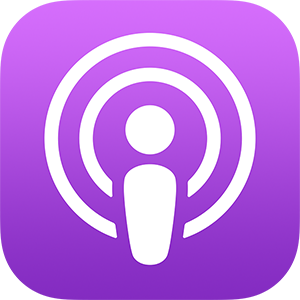“We’re seeing watch time go up across our channels, and that is super important to us,” said Nate Loucks, VP of Production & Strategy for WWE’s Advanced Media Group. “How much time are they spending with us in an age where the attention span is so small. When we see those go up, that to me is a key trigger that, ‘hey, something’s working here’.”
Surpassing 50 billion views on YouTube, making WWE the fifth most-viewed YouTube channel globally this past year, you could say there’s a lot working well for Loucks and the WWE team. With quick pivots to remote production, the creation of the ThunderDome, and a focus on original content with intimate access, WWE led the way as sports returned during the COVID-19 pandemic.
Live from the #Storyteller Experience stage, Loucks takes us into the ThunderDome and walks through the keys to successfully capturing and telling organic stories, supplementing the live event experience for fans at home, and growing a digital audience with engaging experiences.
On creating premium content without the need for premium equipment:
Documentaries like WWE 24 where that comes from are supposed to be super premium. They’re supposed to be intimate. They’re supposed to be those stories told on the highest level possible. And it still felt that intimate, that close, whether it be through a zoom camera or through an ARRI camera. It’s the connection that we’re seeing on screen between Drew [McIntyre], his closest family, and a moment that they missed out on, but they can still find that way to share it together.
On the key to capturing a story and making it feel organic:
I think, especially in WWE, it’s trust in our superstars as performers…these emotional conversations wouldn’t happen unless, over days, months, and years you’ve gotten that connection with the person you’re willing to share those stories with.
On how to supplement the live event experience for fans at home:
WWE, the backbone of the business has always been live events. You know, that experience you can only get by being there. And so, how are we going to be able to translate that experience in this era? As we look around, how we supplement that is continuing to grow and build bespoke content and experiences on different platforms. You want to be able to have your content shared. Maybe in some aspects customized, giving the creator the opportunity to be a part of that conversation, be a part of the building of the narrative of your content.
So we look at platforms, certainly like Twitter, YouTube, Facebook, where we have massive scale. But we’re looking to not only give them the highlights from last night, but find these other ways to humanize superstars, tell bigger stories, and give them exclusives.
On the purpose and creation of the WWE ThunderDome:
For us, the ThunderDome was bringing the spectacle of the WWE live experience back into TV. — We’re bringing in thousands of fans, thousands of screens, and it’s got the pyrotechnics, it’s got the drones, it’s got the lasers. It is that experience. And what I really love about it is we’ve opened it up to everybody.
We were able to bring in thousands of fans from India to be a part of it, and get that front row seat where they probably wouldn’t ever in a pre-COVID environment unless we had traveled there. So it’s opened us up to so many opportunities, and I’m excited to see what else we can do through things like the ThunderDome in the future.
On connecting more with fans during the pandemic remotely:
It’s all about the conversation with our fans, whether it be through watch-alongs, whether it be through things like The Bump, where we utilize Tagboard to bring them into that conversation. We found that, some of that stuff, maybe we would have only reserved for a live event. We found more opportunities to create kind of these tentpole events that didn’t exist before the pandemic.
On the keys to successfully growing and engaging an audience on YouTube:
At its core, for a brand YouTube channel, or if you’re a sports org that is trying to drive a new audience, data is a huge part of it. And there’s the data that you can look at on the front end of, KPIs or views and engagements. Those are certainly important, but really taking a look at the time spent, watch time, where the peaks and valleys are, what types of topics people are interested in. That can guide you. It’s really been a massive part of our kind of tweaked strategy.
Subscribe to #Storyteller wherever you like to listen:
